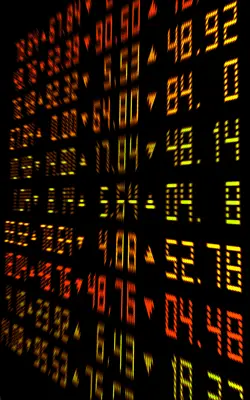Profitable trading principles are the same for both day traders and swing traders, what changes is the time frame they operate on and the different psychology that is required. There is no right or wrong way to trade, there are profitable traders on all time frames but let’s discuss the pros and cons of day trading versus swing trader.
Day traders carry no overnight risk as they close all their positions each day before the market close. Swing traders have overnight risk as they can carry positions for multiple days but they also have the opportunity to make money on overnight moves and trends that persist for days and weeks. Day traders do not have to worry about losses in opening market gaps in price because they are in cash with no positions coming into the open.
Day trader profits are capped to intra-day moves only but their losses are also limited to intra-day moves as they have to exit by the close.
A day trader usually has to trade bigger than a swing trader to make the smaller intra-day price moves larger and more meaningful through position sizing. A swing trader can trade smaller and look for wins to be bigger through swings in price over multiple days.
Speed is more important to a day trader as they are looking for faster profits and have less margin for error. A swing trader has more time to enter and exit as they are trading more off a daily chart than an intra-day chart. Day traders usually need multiple screens for quicker access to their watch list and for fast trade execution while a swing trader can many times just trade from their phone.
Day traders usually have more screen time than swing traders as they can trade from the open to the close. A swing trader usually only has to check in at the open and the close to make adjustments with their positions. If a swing trader has a winning trade they are likely to just let it run and do nothing intra-day. A day trader has to sit with their position and watch for the exit. A day trader can have more stress with more screen time exposure and watching price action but a swing trader has to be able to walk away from the screens and not worry and check in every few minutes.
Day traders can limit their screen time to only trading where the most market price action and volume is like the opening and closing hour of the day. Swing traders can trade off end of day signals only if they want to limit their screen time.
Swing traders usually have more free time to do other things in a day as they don’t need to watch every price change. Day traders have to consider their time spent trading as part of their cost of doing business along with their return on capital. A swing trader primarily just looks at the return on their capital while a day trader has to consider the return on their capital and a return on the time they spend trading.
A day trader can have more commission costs and slippage due to more activity than a swing trader.
Day trading requires much more focus and energy each day for execution than swing trading.
A day trader needs margin to be able to rotate through capital and be to keep trading with margin before the trades clear.
A good day trader can create better risk adjusted returns on capital due to less time with risk exposure.

